Electrification of cars is all the rave these days. Brands are bringing in more options for the next-generation of mobility as the country steers towards a greener future. While the thought seems expensive, hybrid cars have quickly trickled down to an attainable level.
One such option is the new Suzuki Ertiga Hybrid that starts at P954,000. Yes, even its base model has the hybrid powertrain. This new setup is supposed to improve fuel economy but Suzuki went further and added a few features that you might fancy. So when they invited select members of the motoring media for a drive, we immediately jumped on the opportunity.
No one was surprised when at the event itself, Suzuki announced an eco-run among the participants. Besides, there’s no better way to promote their first hybrid offering in the country than a real-world test. They tasked us to drive from Suzuki Auto in Kawit, Cavite to Lotuspod in Los Baños, Laguna – around 73 to 83 kilometers depending on what roads you’ll take. There are around 3-4 adults of varying sizes in every car which makes the challenge more exciting since there’s no clear winner in terms of passenger weight.
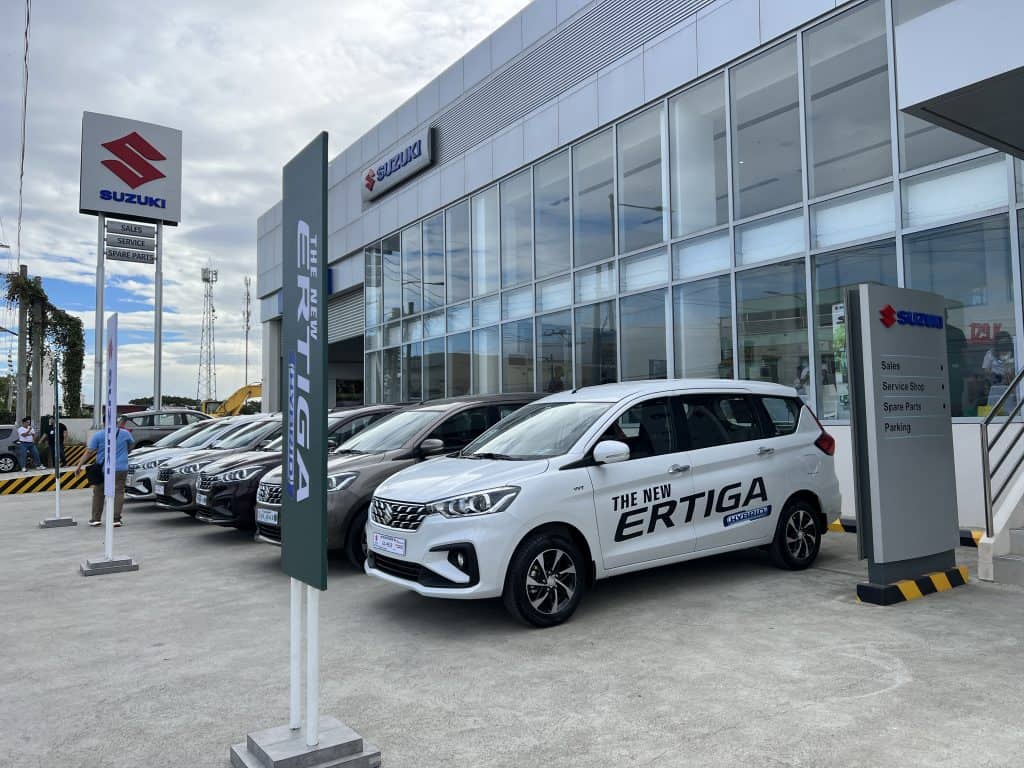
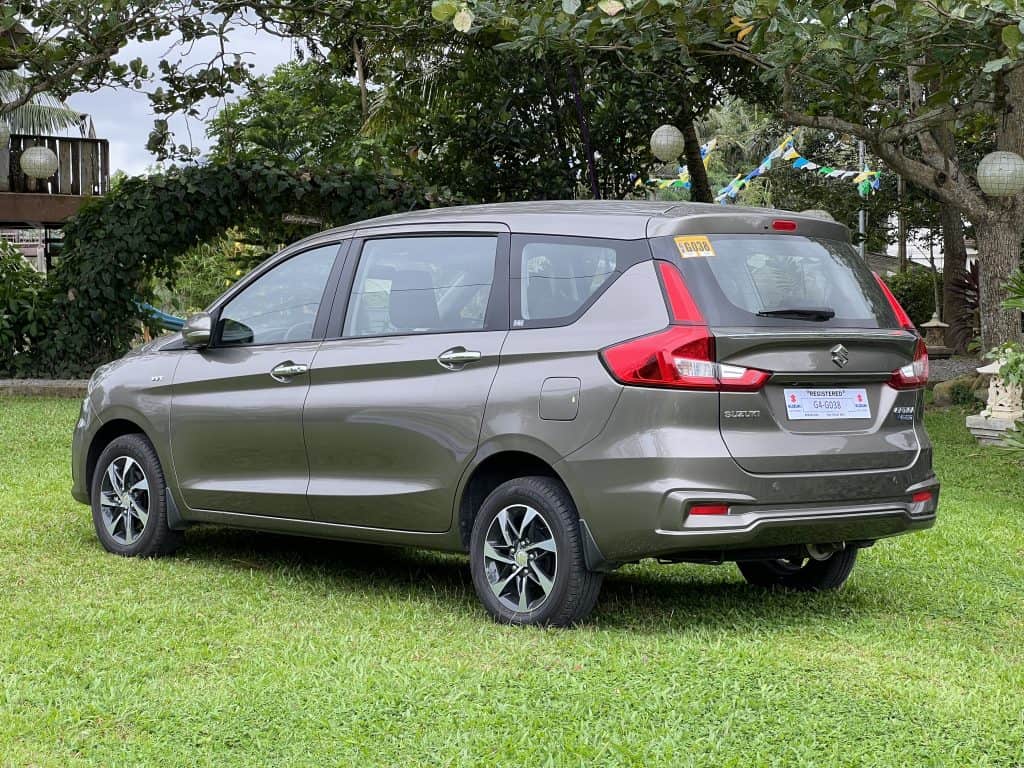
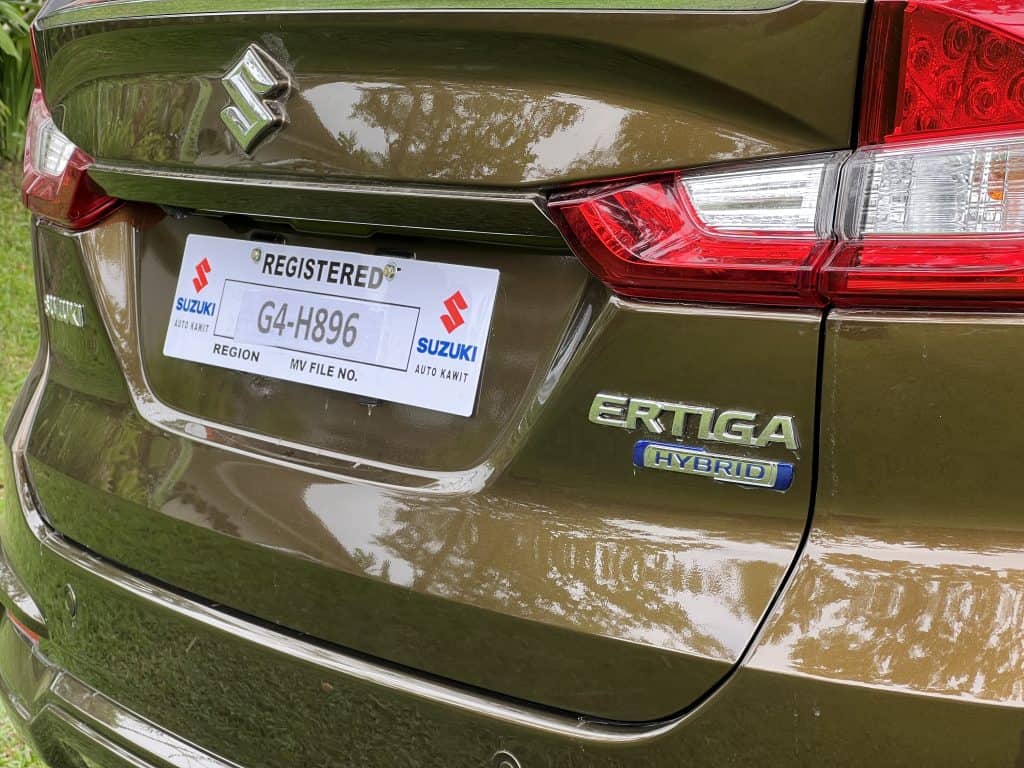
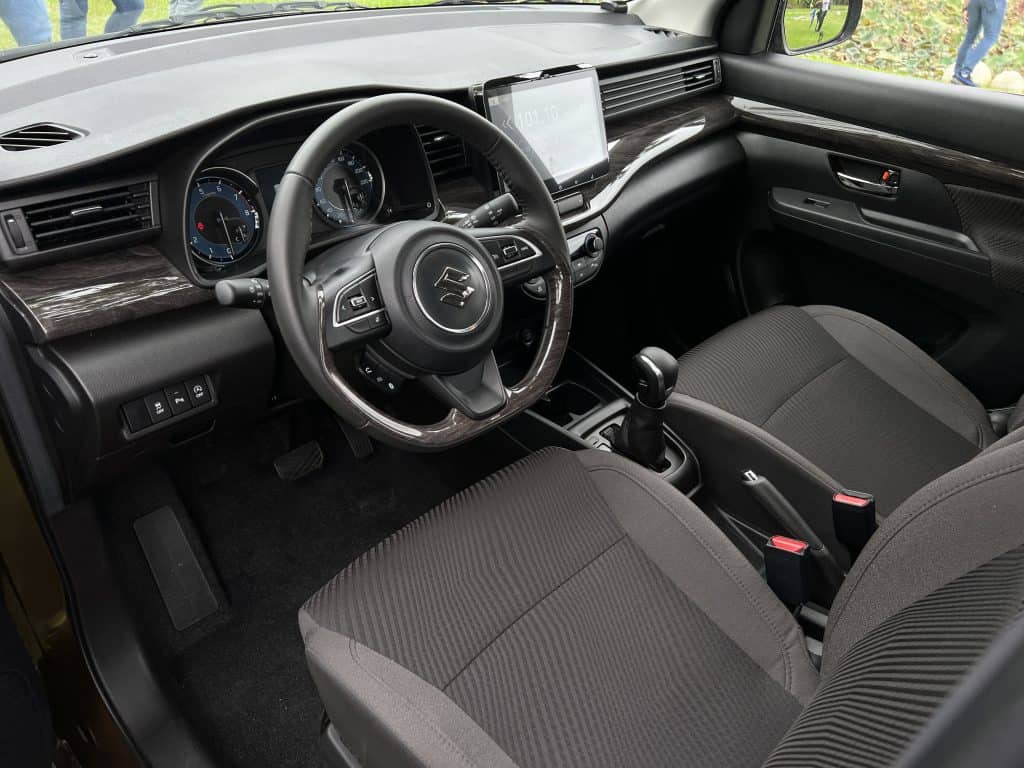
Before we go any further with the powertrain, let’s take a look at other new things with the Ertiga Hybrid. Outside it has a new grille design, the headlights are now automatic, there’s a two-tone 15-inch alloy wheels, and a hybrid emblem at the back.
Inside, it’s a throwback to the Ertiga’s heyday as the wood veneers are back on the dashboard and front door panels. There’s also an automatic climate control, a bigger and higher resolution 10-inch touchscreen that has Apple CarPlay and Android Auto, allowing for a more pleasant drive especially for Waze users like myself. It also doubles as the monitor for the rear camera and so far, it’s really clear even in low light conditions. There’s no revision at the second and third row, but there’s nothing to change there anyways.
What really changed the experience of driving the Ertiga Hybrid is the presence of the Engine Auto Start/Stop feature and cruise control. The achilles heel of start-stop systems in conventional cars is that they cannot last more than a minute in our country because the car detects the heat in the cabin. It can’t keep the aircon on while the engine is off.
Suzuki solved this by connecting the Ertiga Hybrid’s aircon to the electric battery instead of the motor. So if on a stoplight and the engine shuts down, you’ll still have cool air in the cabin while saving fuel. This is further aided by cruise control which not only allows for easier highway driving, but a more frugal fuel consumption as well.
I’ve driven the non-hybrid Ertiga before and in our test, we were able to get 18.5 km/l on the highway with its 1.5-liter engine and 4-speed automatic transmission. For this eco-run, the winning team was able to get 26.8 km/l. They had one heavier male at 5’10, an average built male also at 5’10, and an average sized female at 5’6. According to them, they didn’t do anything special and even had their aircon at level-3 because it was a hot day, and cruised all their highway runs at 80kph.

As for the team I was in, we had the aircon at 1 and had more rural city driving with traffic. Still, we ended up in second place with 25.7km/l, a very formidable figure for fuel efficiency granted that we didn’t get to have as much highway time with the Ertiga. It’s reflective of what Suzuki said that in a similar drive with bank and dealer partners, the best team had a fuel economy of 25-point-something km/l too.
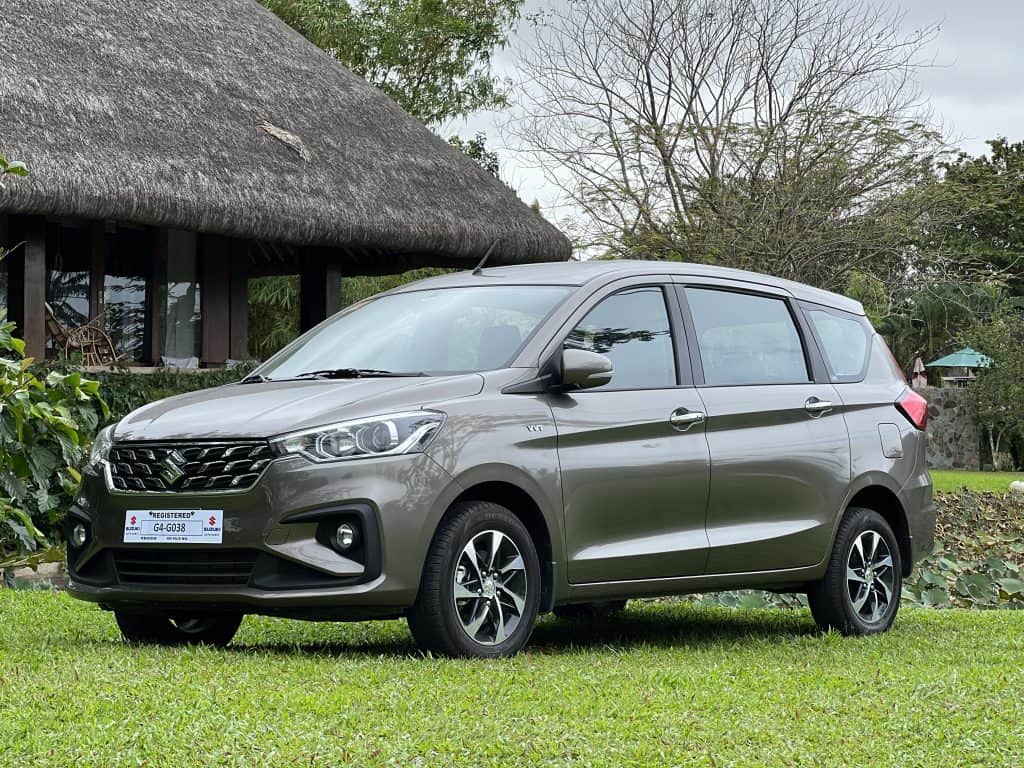
Are they valid results? Definitely. Most of the time when we test cars individually (that is not on a brand-sponsored event/drive), there’s only one occupant in the vehicle which leads to a somewhat best-foot-forward fuel figure. Seeing it in person and knowing the actual conditions that lead to those numbers, it further validates that the first hybrid MPV in the country, the Suzuki Ertiga, is no quack. It fulfills its promise of getting more for every drop of fuel.

